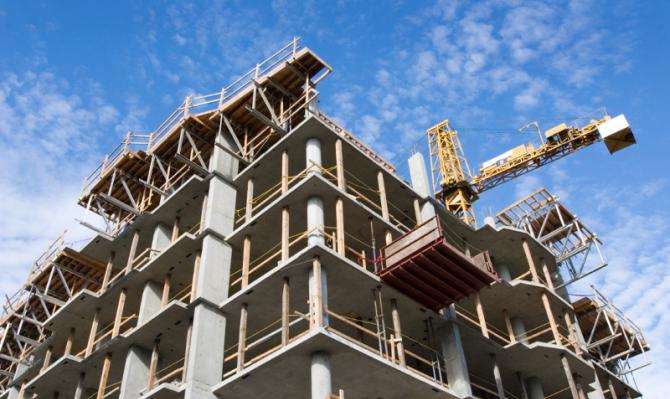The change in trend in Spain’s real estate market is happening but more slowly than expected
Spain’s real estate market is slowing down but at a more moderate pace than predicted in the scenario published in last December’s Real Estate Sector Report.

- Spain’s real estate market is slowing down but at a more moderate pace than predicted in the scenario published in last December’s Real Estate Sector Report. The data that have become available for the first half of 2023 have been better than we anticipated, leading us to revise upwards our 2023 forecasts for house prices (to 2.9% according to the MITMA appraised value) and for the number of sales (to 500,000). On the other hand, we have maintained our projections for the number of new building permits (around 90,000 homes), as the figures are still quite weak and the high construction costs and labour shortages mean we do not expect a larger number of new homes to be started in the short term.
- Despite these upward revisions, however, it is important to remember that they are due to the good performance observed in the first part of 2023. In fact, looking ahead to the coming quarters, we still expect a marked drop in the number of sales from the record highs of 2022, and house prices will probably continue to decelerate given the context of higher interest rates for longer. Although we believe the impact on the number of sales will become more tangible in 2023, the effect on prices will be felt mainly in 2024 (house prices are forecast to grow by 1.1% for 2024).
- The second half of the year will be key to assessing the sector’s resilience regarding the sharp rise in interest rates and weakening economy. In contrast to these negative factors, there are also several positive elements, including a resilient labour market, falling inflation, somewhat stronger wage increases, significant immigrant inflows and the favourable financial situation of the various agents involved in this market.
- With respect to the latter, an increasingly important role is being played by non-resident foreign buyers, especially in large cities and the tourist areas of the Mediterranean coast and islands. Such buyers tend to opt for more expensive homes, need less financing to buy a property and are proving to be highly resilient in the face of rising interest rates. We examine these issues in more detail in the second article of this Report, dedicated to foreign demand.
- The third article looks at the recent trends in Spain’s rented accommodation, a market that has attracted a lot of attention in recent times due to the sharp rise in rental prices, much greater than the increase in wages. This has led to concerns regarding the difficulties faced by young adults who want to set up their own home, as well as the greater economic vulnerability of many of the households living in rented accommodation. To address this situation, every effort should be made to increase the supply of affordable housing.
- In the last article of this Report, we look outwards and examine the situation of the real estate markets in the main advanced economies. In a large number of countries, house prices rebounded considerably during the pandemic, a growth that, in many cases, was accompanied by a significant increase in household debt. The real estate markets in some of these countries began to correct around mid-2022 as a result of rising interest rates. Although the most recent data show a pause in this adjustment of house prices in some countries, we believe the downward trend will continue in the coming quarters as the tightening of financial conditions feeds through to the real economy.
